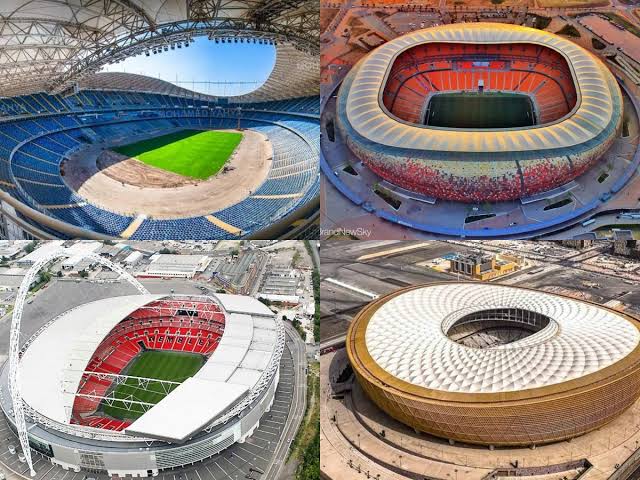The overwhelming force of football fans, along with the sport’s rich history and intense enthusiasm, has made it something more than just a game. The entire globe tunes in each year to see teams from every continent compete for honors both on and off the field. In 2025, there is more competition than ever before to be named the world’s largest football club. These clubs have established themselves as the best in the world, thanks to their enormous fan bases, iconic stadiums, record-breaking profits, and global influence.
This year’s rating takes into consideration the total club valuation, worldwide reach, social media following, past successes, and current accomplishments to identify the real soccer powerhouses. Whether you’re a devoted follower or just interested in football, these are the top ten biggest clubs in the world in 2025. May I also mention the measures and sources that were utilized to determine the ranking.
These Are The Top 10 List Of The Biggest Football Stadium In The World
1. Camp Nou (Barcelona – 99,354)
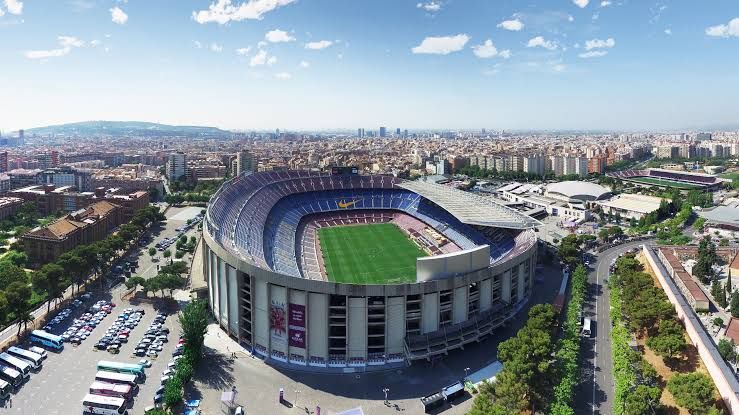
With an amazing 99,354 seats, Barcelona’s arena might become the largest club football stadium in the world. However, that number is expected to be raised to 105,000. Barça will return to the 67-year-old arena with a reduced capacity after being forced to depart in 2023/24 due to a massive renovation project. The stadium will have 105,000 seats and first-rate amenities when it is finished in 2026. The stadium, which played host to five World Cup games in 1982 and the 1999 Champions League final between Bayern Munich and Manchester United, is currently sponsored by Spotify.
2. FNB Stadium (Kaizer Chiefs – 94,797)
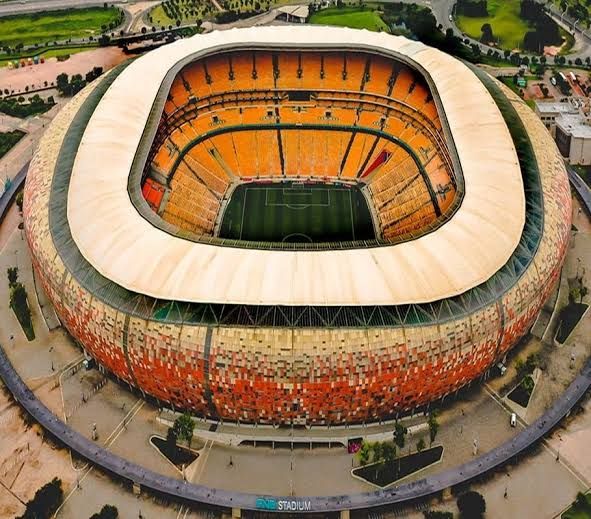 You may recall this stadium from the 2010 World Cup in South Africa, where Siphiwe Tshabalala scored the game-winning goal for Spain against the Netherlands in the final match. It first opened to the public in 1989 and hosted Nelson Mandela’s post-release speech in Johannesburg until undergoing renovations in 2009. The 94,736-capacity stadium plays host to the South African football team Kaizer Chiefs not the English indie band but the only game they consistently sell out is the Soweto Derby against Orlando Pirates.
You may recall this stadium from the 2010 World Cup in South Africa, where Siphiwe Tshabalala scored the game-winning goal for Spain against the Netherlands in the final match. It first opened to the public in 1989 and hosted Nelson Mandela’s post-release speech in Johannesburg until undergoing renovations in 2009. The 94,736-capacity stadium plays host to the South African football team Kaizer Chiefs not the English indie band but the only game they consistently sell out is the Soweto Derby against Orlando Pirates.
3. Estadio Azteca (Club America and Cruz Azul – 87,523)
 When Mexico co-hosts the World Cup with the United States and Canada in 2026, the Estadio Azteca, one of the most emblematic stadiums on the list, will become the only venue to host three editions of the tournament. Brazil’s 4-1 demolition of Italy in the 1970 World Cup final and Diego Maradona’s ‘Hand of God’ goal during Argentina’s victory over England at the 1986 World Cup have both occurred in this location. The capacity of the ground was reduced to 87,523 following a renovation in 2016, and the Mexican top-flight teams Club America and Cruz Azul share it for their home games.
When Mexico co-hosts the World Cup with the United States and Canada in 2026, the Estadio Azteca, one of the most emblematic stadiums on the list, will become the only venue to host three editions of the tournament. Brazil’s 4-1 demolition of Italy in the 1970 World Cup final and Diego Maradona’s ‘Hand of God’ goal during Argentina’s victory over England at the 1986 World Cup have both occurred in this location. The capacity of the ground was reduced to 87,523 following a renovation in 2016, and the Mexican top-flight teams Club America and Cruz Azul share it for their home games.
4. Santiago Bernabeu (Real Madrid – 85,000)
 Although Real Madrid’s stadium is the second biggest in Spain, it has being rebuilt since 2019 as the team tries to bring its home into the twenty-first century. Originally projected to cost €570 million, the redesign was beset by delays including the coronavirus epidemic and war in Ukraine, therefore driving the eventual expense north of €1 billion including interest payments over 30 years. Once the renovation is finished, the Bernabeu is expected to have a capacity in excess of 85,000, a rise on the prior number of 81,044, as well as a retractable pitch and roof.
Although Real Madrid’s stadium is the second biggest in Spain, it has being rebuilt since 2019 as the team tries to bring its home into the twenty-first century. Originally projected to cost €570 million, the redesign was beset by delays including the coronavirus epidemic and war in Ukraine, therefore driving the eventual expense north of €1 billion including interest payments over 30 years. Once the renovation is finished, the Bernabeu is expected to have a capacity in excess of 85,000, a rise on the prior number of 81,044, as well as a retractable pitch and roof.
5. Estadio Mas Monumental
(River Plate – 84,567)
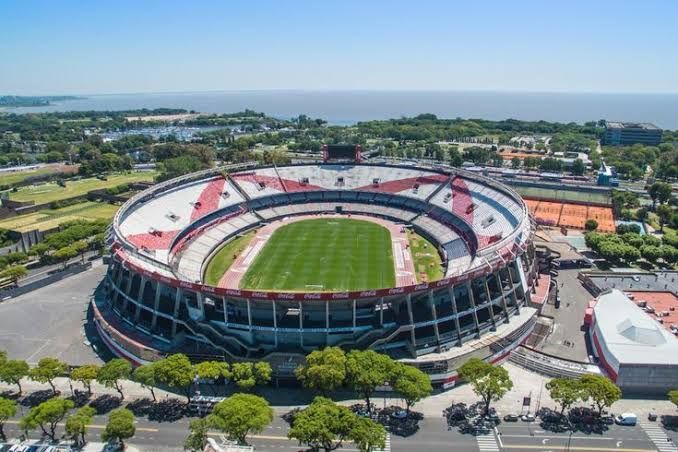 If you believed Estadio Monumental was an expansive venue, anticipate the grandeur of Estadio Más Monumental, which translates directly and impressively as More Monumental Stadium. To be fair to River Plate, they are also precise. El Monumental, as it is colloquially referred to, is indeed larger than its Peruvian counterpart venue. The Argentinian giants can generate an intense atmosphere within their home stadium, rendering it one of the most formidable venues for football globally.
If you believed Estadio Monumental was an expansive venue, anticipate the grandeur of Estadio Más Monumental, which translates directly and impressively as More Monumental Stadium. To be fair to River Plate, they are also precise. El Monumental, as it is colloquially referred to, is indeed larger than its Peruvian counterpart venue. The Argentinian giants can generate an intense atmosphere within their home stadium, rendering it one of the most formidable venues for football globally.
6. Signal Iduna Park (Borussia Dortmund – 81,365)
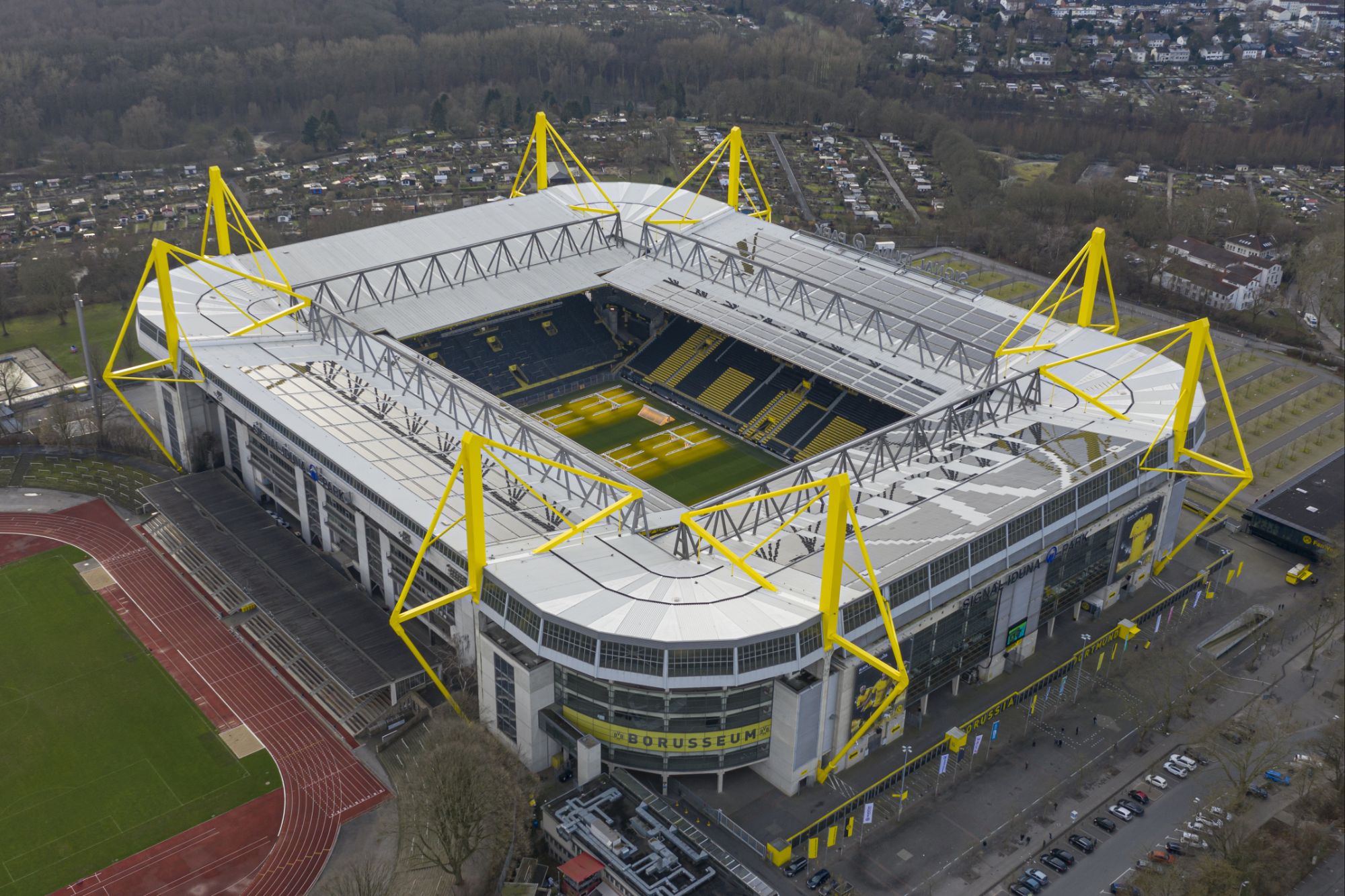 The formidable ‘Yellow Wall’, accommodating 25,000 spectators, is the largest free-standing grandstand in Europe and serves as the residence for the most ardent supporters of Dortmund. Officially inaugurated in 1974, it has experienced multiple restorations, the latest of which was finalized in 2006 at a cost of €200 million in preparation for the World Cup.
The formidable ‘Yellow Wall’, accommodating 25,000 spectators, is the largest free-standing grandstand in Europe and serves as the residence for the most ardent supporters of Dortmund. Officially inaugurated in 1974, it has experienced multiple restorations, the latest of which was finalized in 2006 at a cost of €200 million in preparation for the World Cup.
7. Estadio Monumental (Club Universitario de Deportes – 80,093)
 A venue you are likely unfamiliar with, owned by a club you may not recognize. The Estadio Monumental, constructed in 2000, is located in Lima, Peru, and is the largest stadium by seating capacity in South America, with a maximum of 80,093 spectators. It effectively hosted the 2019 Copa Libertadores final, in which Flamengo triumphed over River Plate.
A venue you are likely unfamiliar with, owned by a club you may not recognize. The Estadio Monumental, constructed in 2000, is located in Lima, Peru, and is the largest stadium by seating capacity in South America, with a maximum of 80,093 spectators. It effectively hosted the 2019 Copa Libertadores final, in which Flamengo triumphed over River Plate.
8. San Siro (AC Milan and Inter Milan – 80,018
 The largest stadium in Italy is the historic venue for Milan’s rival teams, AC Milan and Inter Milan. The San Siro, with a maximum capacity of 80,018, has hosted World Cup matches, major rock concerts, and four European Cup finals. It was scheduled for demolition and replacement with a new arena following the 2026 Winter Olympics Opening Ceremony; however, it has been preserved due to its cultural significance.
The largest stadium in Italy is the historic venue for Milan’s rival teams, AC Milan and Inter Milan. The San Siro, with a maximum capacity of 80,018, has hosted World Cup matches, major rock concerts, and four European Cup finals. It was scheduled for demolition and replacement with a new arena following the 2026 Winter Olympics Opening Ceremony; however, it has been preserved due to its cultural significance.
9. Stade des Martyrs (AS Vita Club – 80,000)
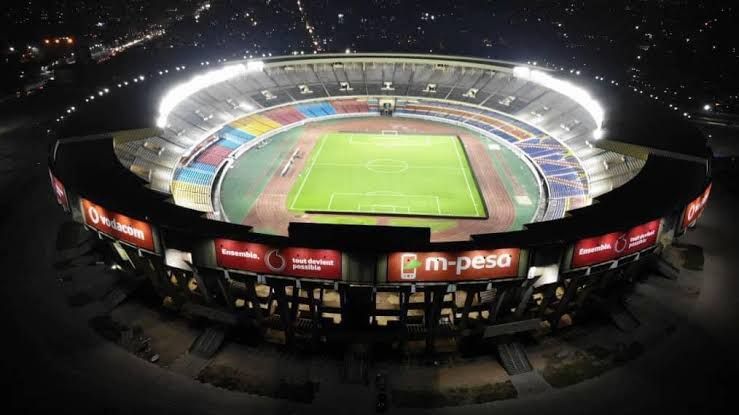 The second-most successful club in the Democratic Republic of the Congo hosts its home matches in the nation’s largest stadium. The Stade des Martyrs, situated in Lingwala, Kinshasa, also hosts the national team’s matches. Constructed at a cost of $38,000,000 and inaugurated in 1994, it possesses an official capacity of 80,000, which may be augmented to 100,000.
The second-most successful club in the Democratic Republic of the Congo hosts its home matches in the nation’s largest stadium. The Stade des Martyrs, situated in Lingwala, Kinshasa, also hosts the national team’s matches. Constructed at a cost of $38,000,000 and inaugurated in 1994, it possesses an official capacity of 80,000, which may be augmented to 100,000.
10. Maracana Stadium (Flamengo, Vasco da Gama and Fluminense – 78,838)
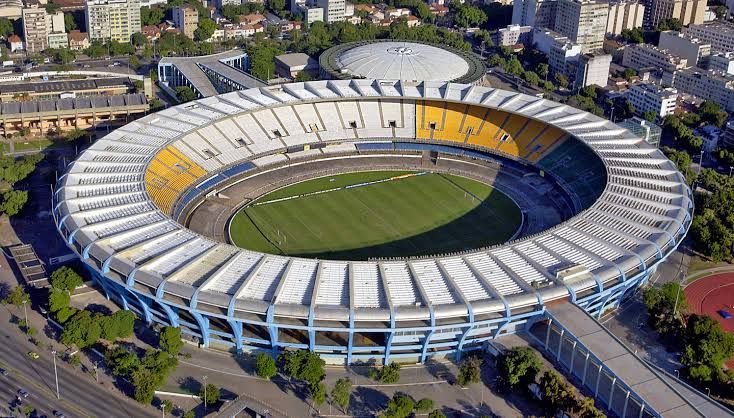 The 78,838-capacity stadium, a significant arena in global football, serves as the home for two of Brazil’s premier club teams, Flamengo and Fluminense. Constructed in Rio de Janeiro for the 1950 World Cup, it hosted seven matches, including the final, where Uruguay defeated the hosts before a record attendance of 199,854. The Maracanã has undergone multiple reconstructions and hosted the 2014 World Cup final, along with the 2019 Copa America final, where Brazil triumphed over Peru.
The 78,838-capacity stadium, a significant arena in global football, serves as the home for two of Brazil’s premier club teams, Flamengo and Fluminense. Constructed in Rio de Janeiro for the 1950 World Cup, it hosted seven matches, including the final, where Uruguay defeated the hosts before a record attendance of 199,854. The Maracanã has undergone multiple reconstructions and hosted the 2014 World Cup final, along with the 2019 Copa America final, where Brazil triumphed over Peru.



